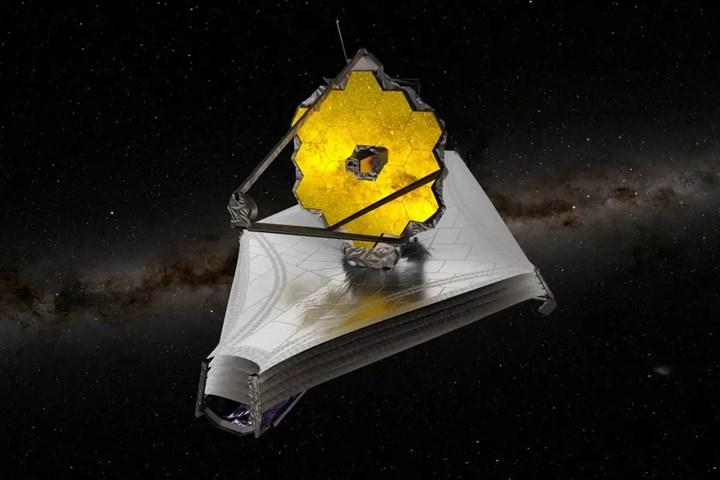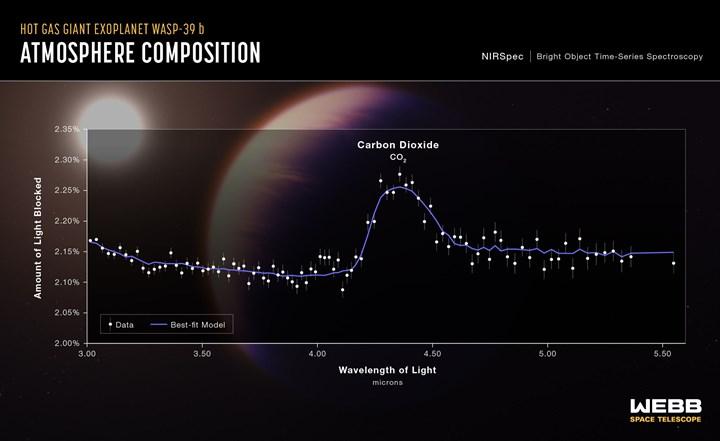
The James Webb Space Telescope (JWST or Webb) continues to monitor the observable universe, including our solar system. Webb, who has made important discoveries and discoveries since he took office, has now detected carbon dioxide on a distant planet.
The James Webb Space Telescope has set its sights on a distant planet orbiting other stars, called an exoplanet. As a result of observations targeting the planet WASP-36b in the Virgo constellation, the discovery of carbon dioxide in the atmosphere of the planet was made. The distance of this planet from Earth is approximately 700 light years. Just to get you thinking: A light-year is roughly 9.46 trillion kilometers and represents the distance light can travel in a year. The closest habitable planet to us, Proxima Centauri B, is just 4.2 light-years away, and it takes us about 6,300 years to reach it with current technology.
Carbon dioxide discovered for the first time
Returning to WASP-36b, it’s a gas giant with a mass about a quarter of Jupiter but about 1.3 times larger in diameter than Jupiter. The presence of water vapor, sodium and potassium in the atmosphere of the planet, previously observed by the Hubble and Spitzer telescopes, has been demonstrated. Observations made by Webb also found the presence of carbon dioxide in the atmosphere of the planet.

Carbon dioxide had never been detected on any exoplanet before due to technological incompetence. Therefore, this discovery is extremely important because it can help scientists better understand the formation and evolution of planets.
Light is used for measurements
The team involved in the research used Webb’s Near Infrared Spectrograph (NIRSpec) instrument to observe planet WASP-36b. Because WASP-36b is far from us, such explorations are not possible with photographs of Webb or any other telescope. That’s why they look at light data in the planet’s atmosphere using tools like NIRSpec, which split light into barcode-like spectra.
European Space Agency shared water map of Mars
Researchers state that WASP-36b does not have Earth-like living conditions because it is a gas giant. It is also underlined that the planet orbits very close to its star. This is important in this respect: In order to remain a gas giant under normal conditions, it is necessary to be in an orbit far from the star. Conversely, WASP-36b is only one-twentieth the distance between the Sun and Earth to its star.